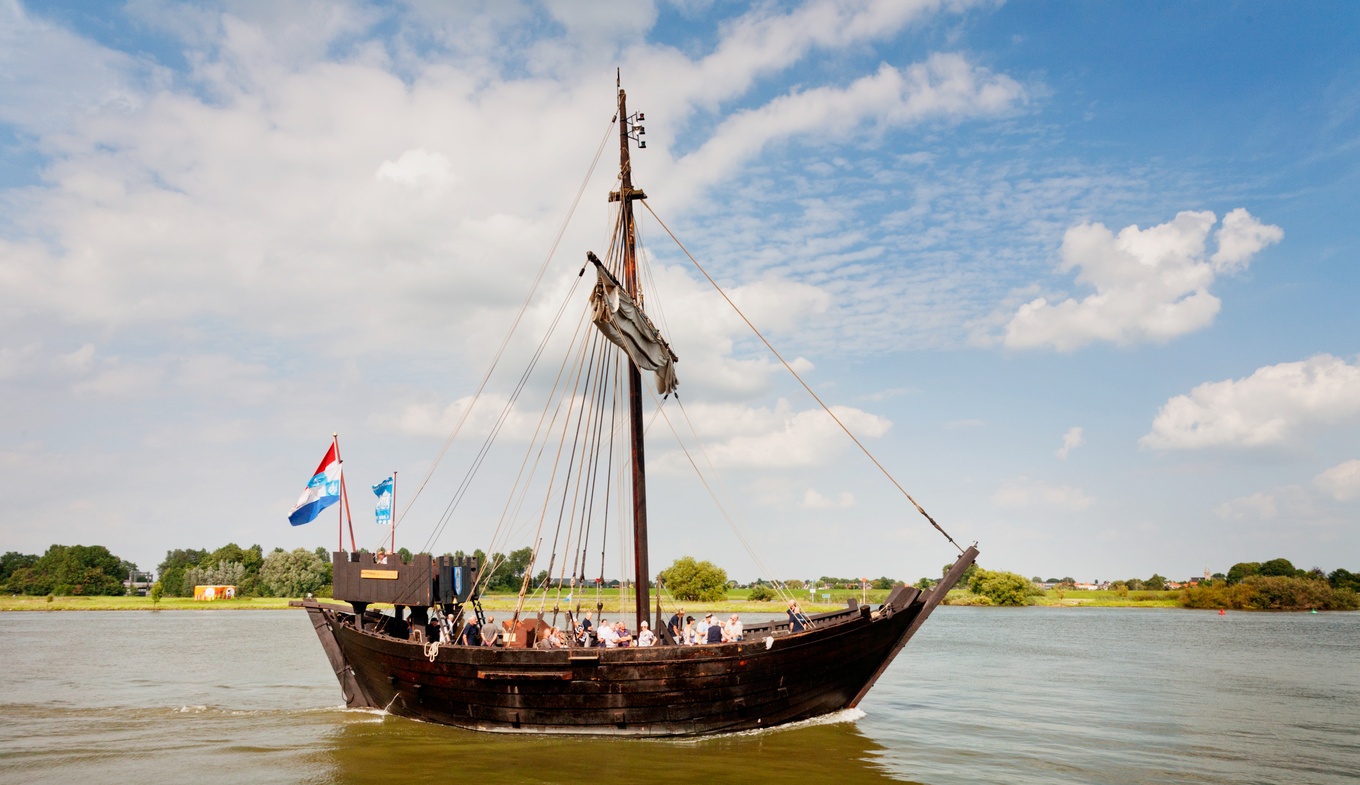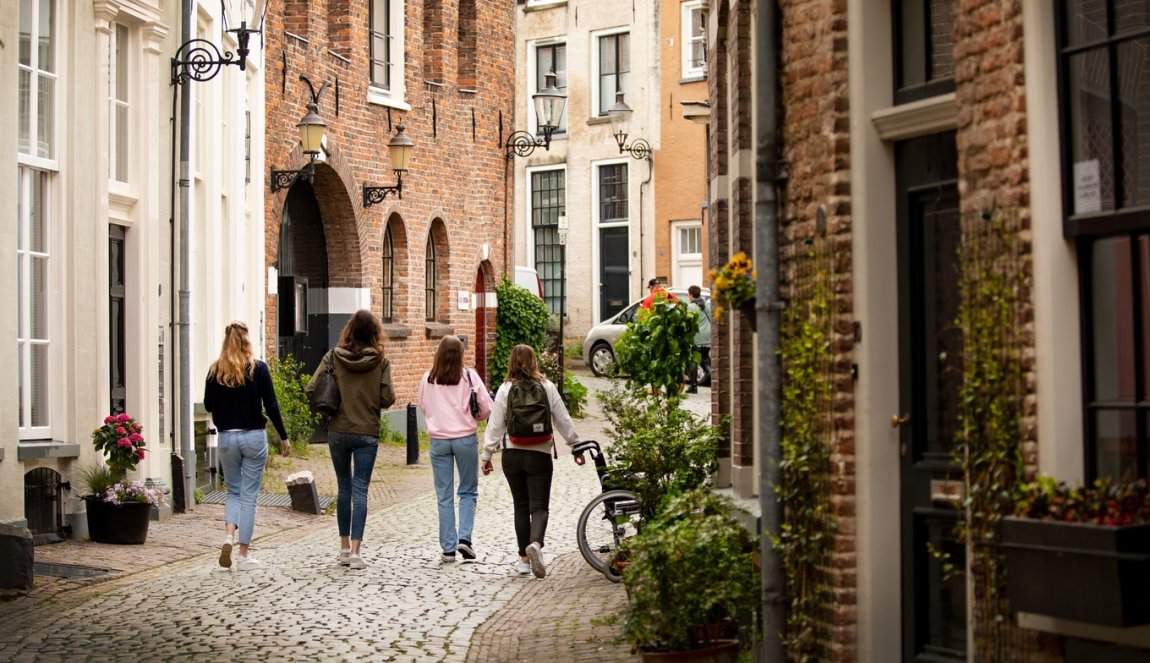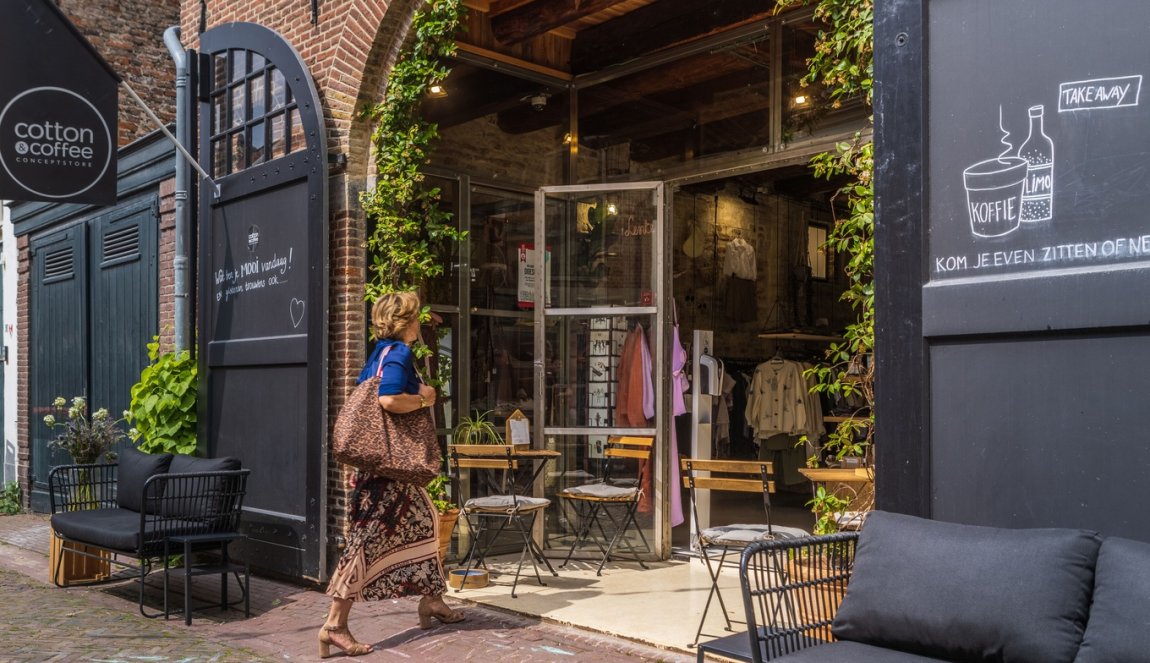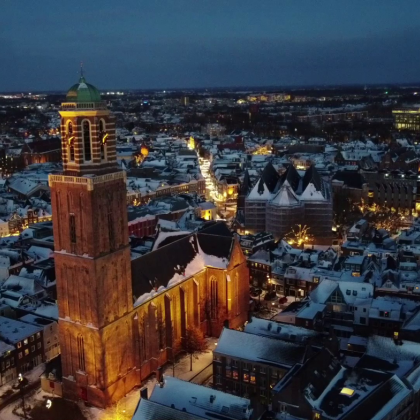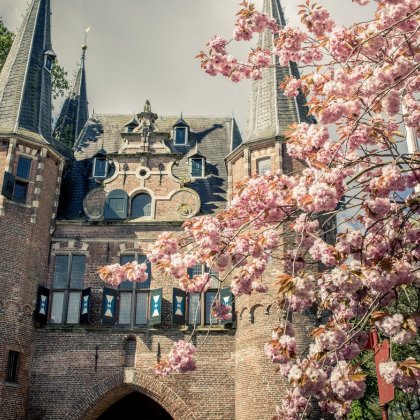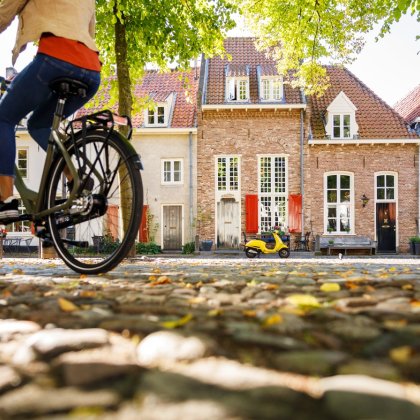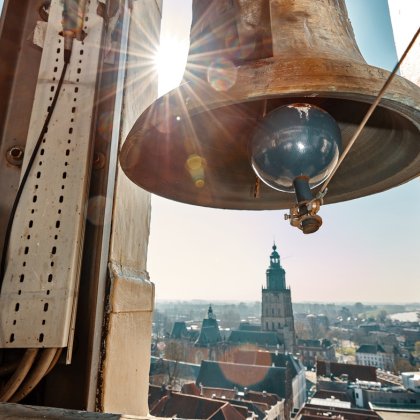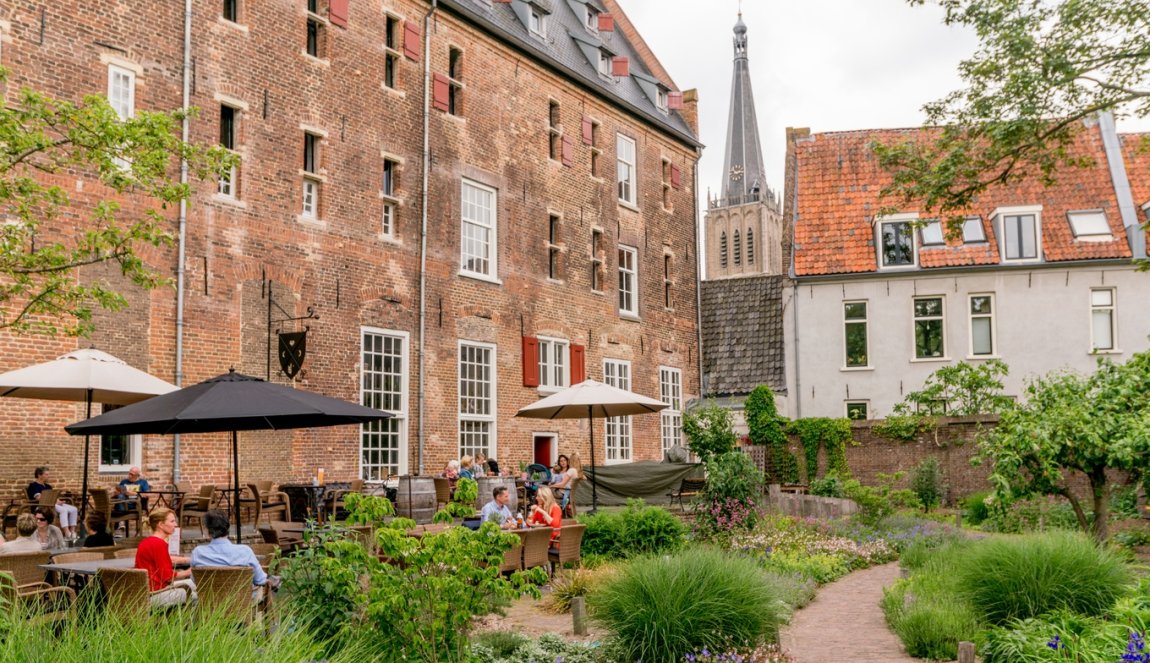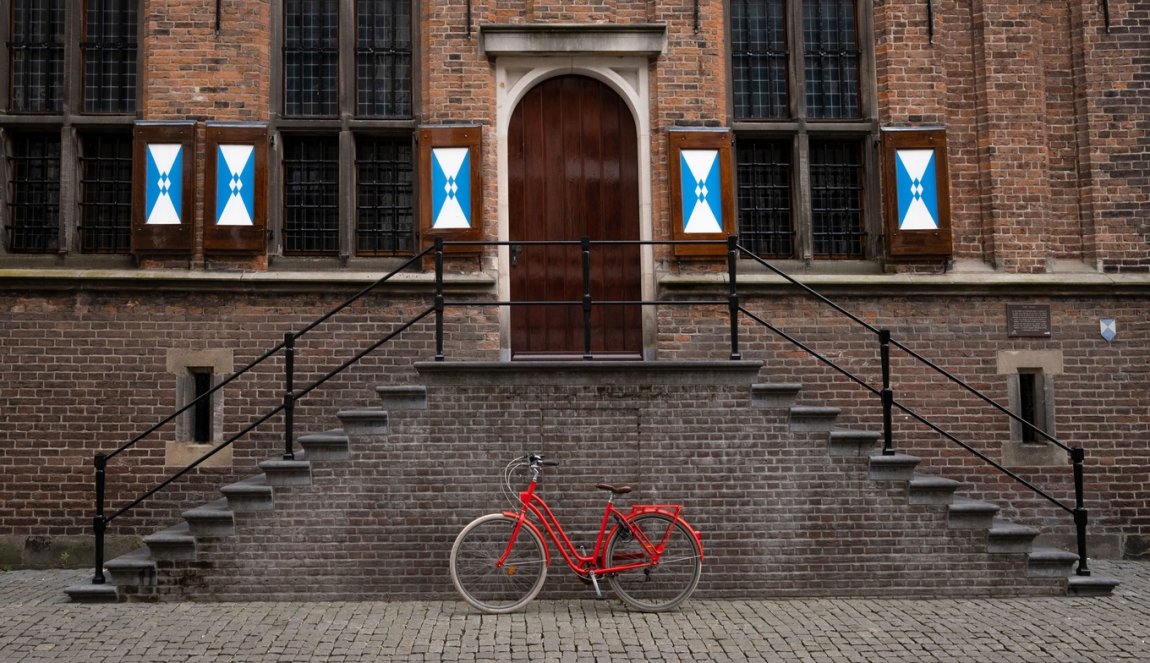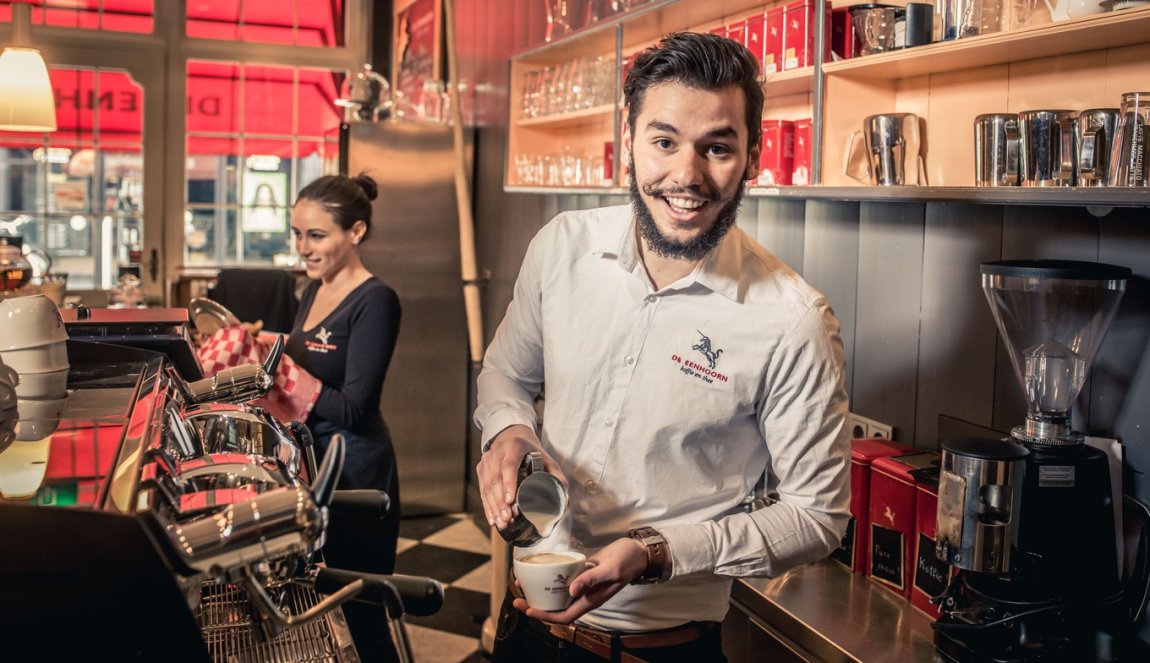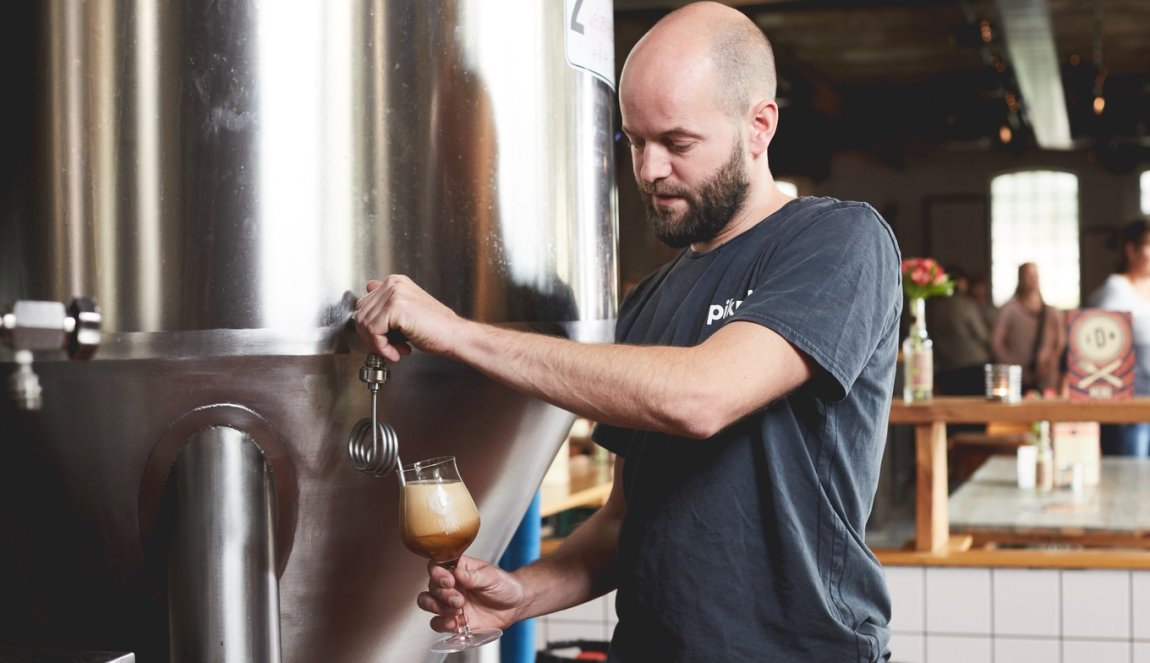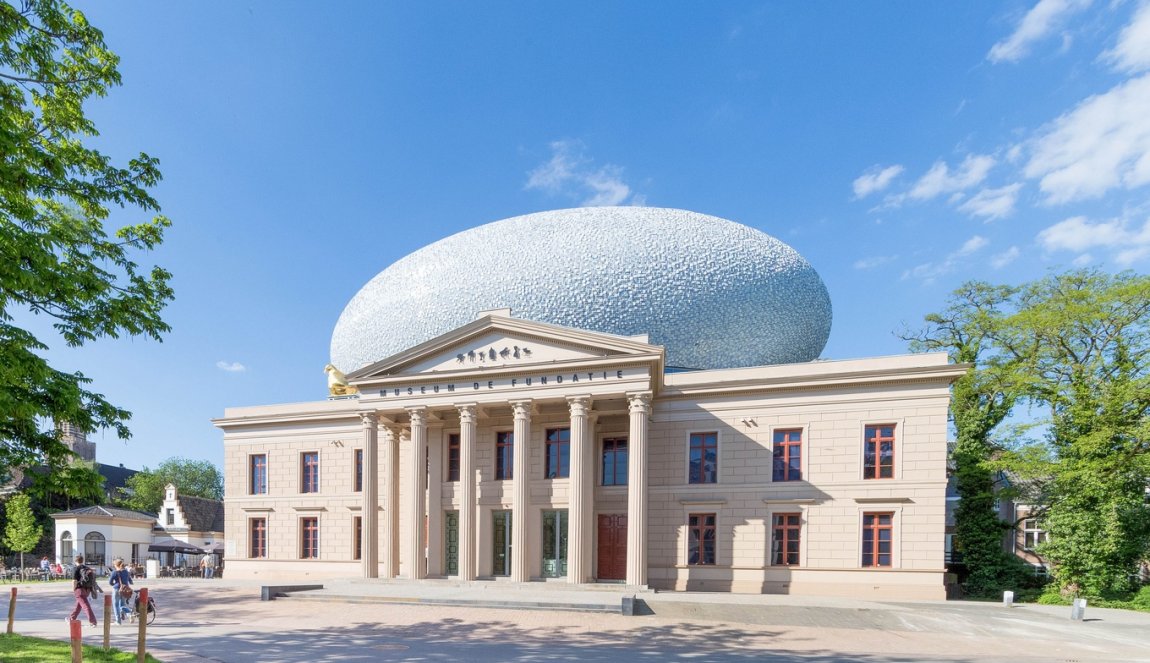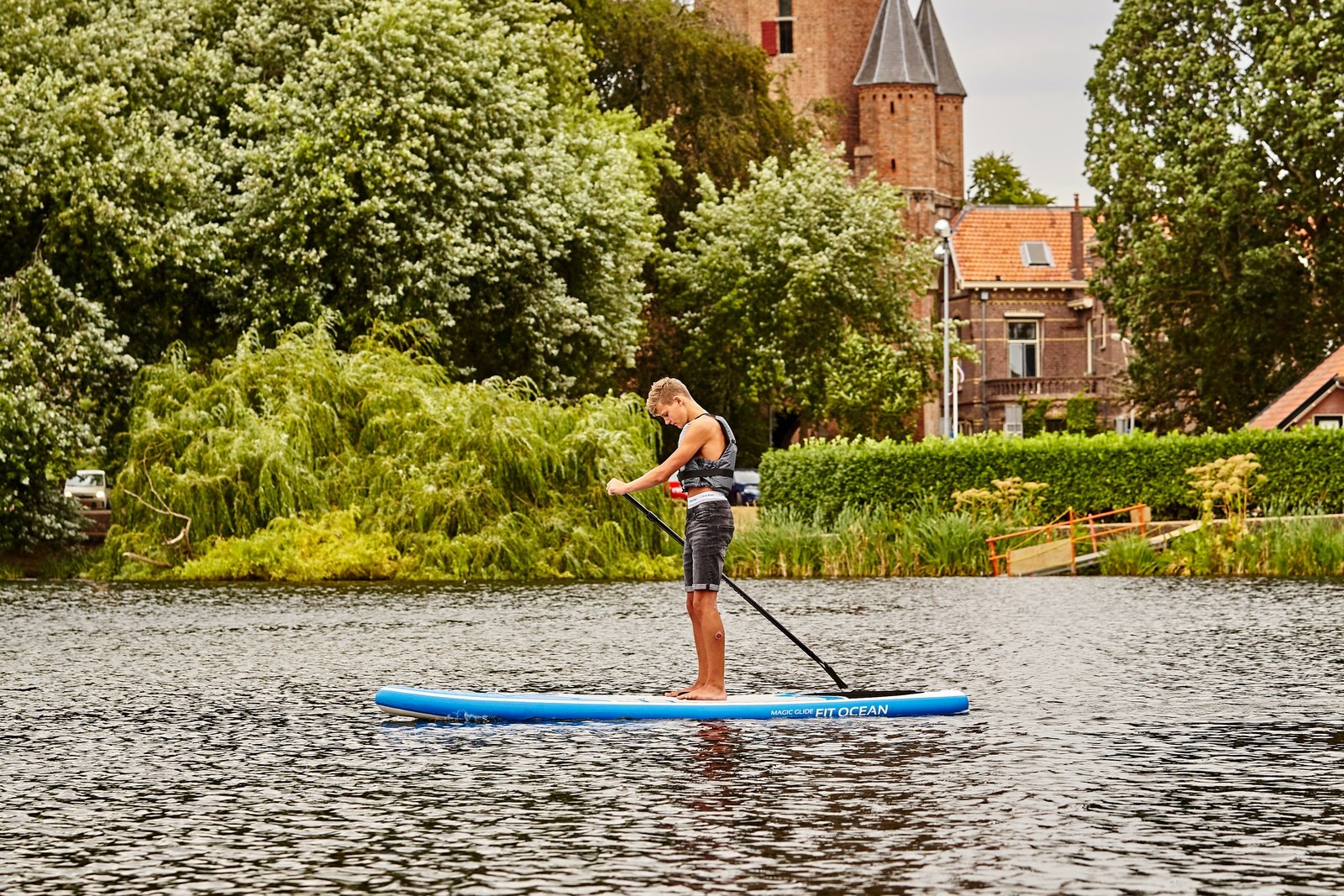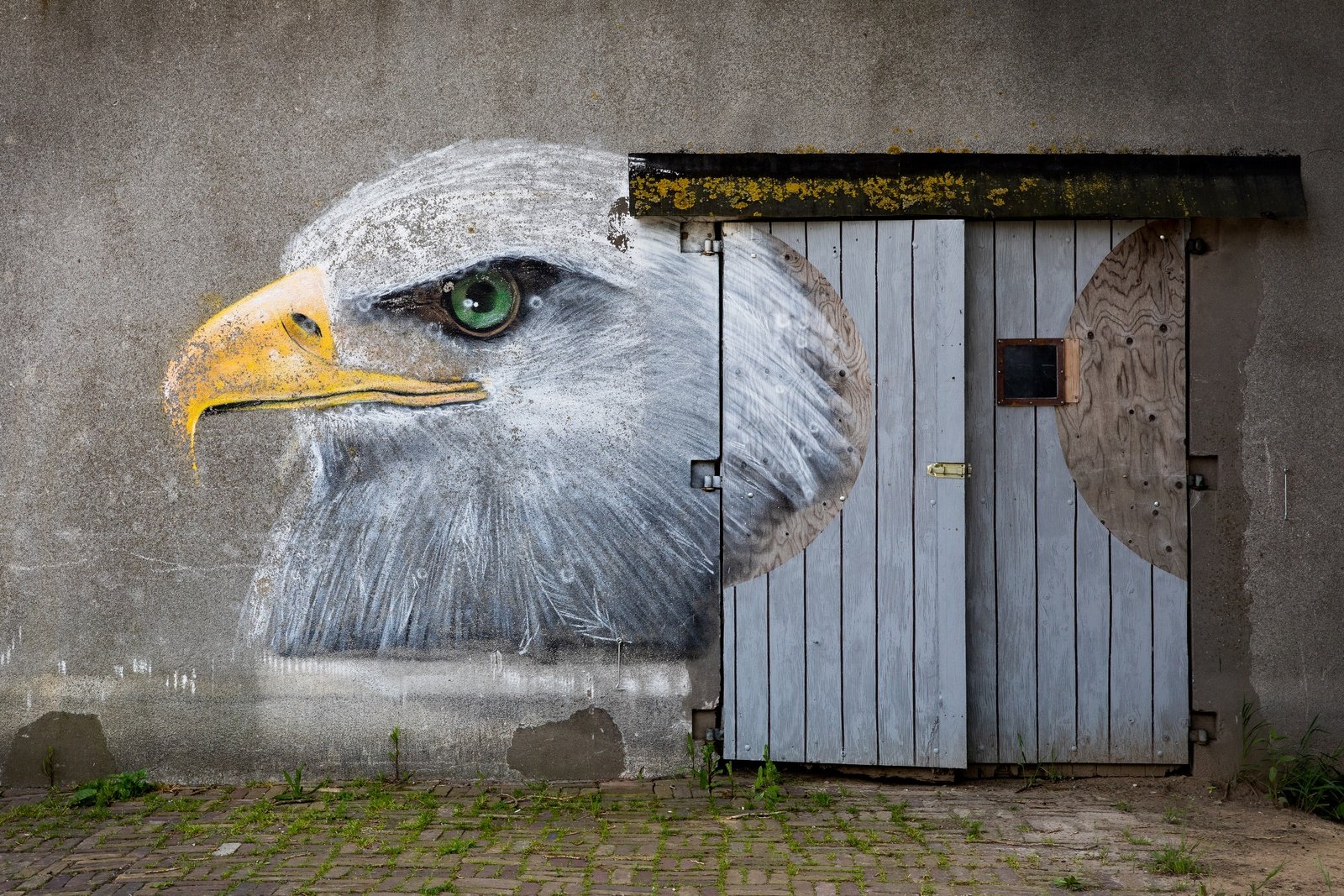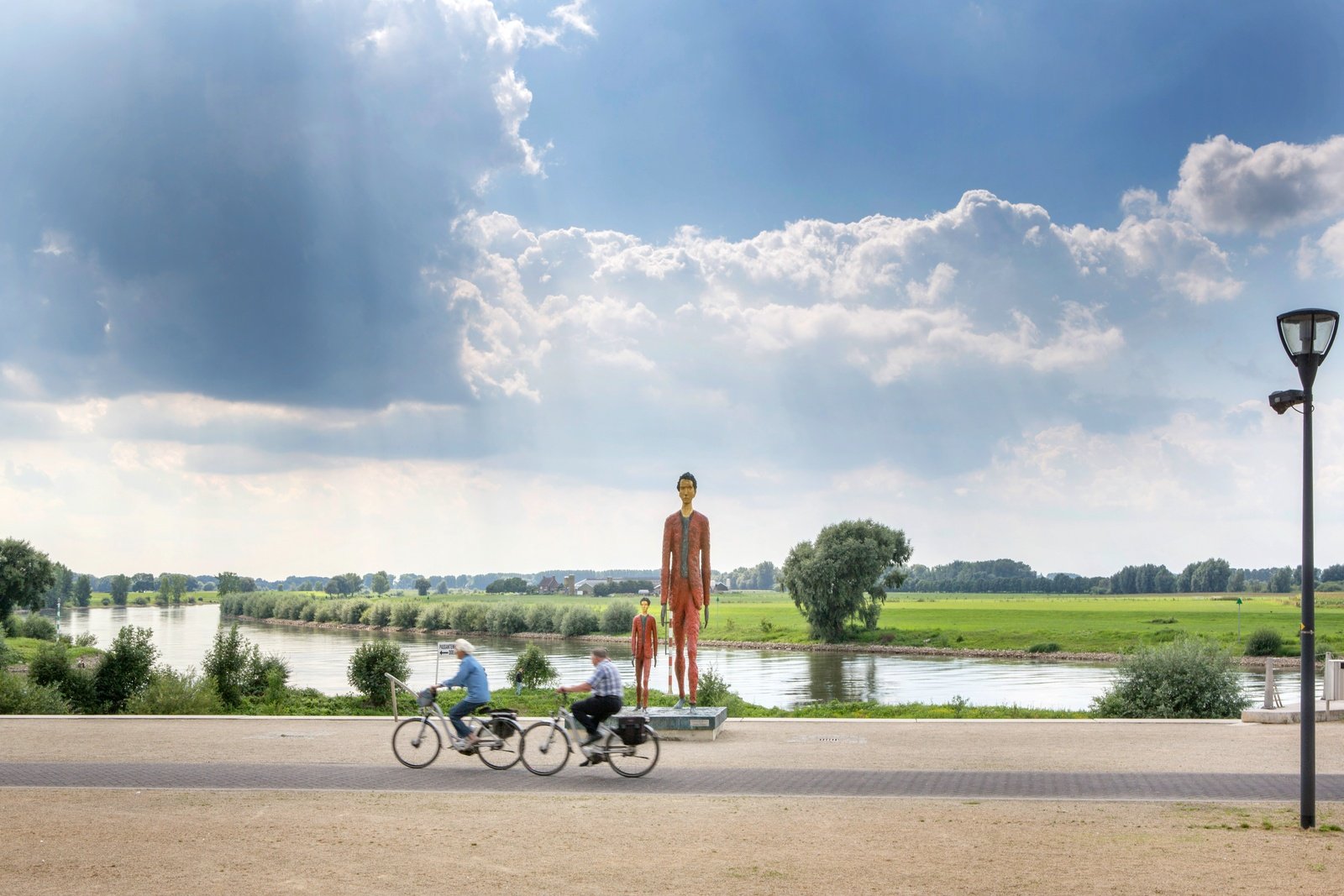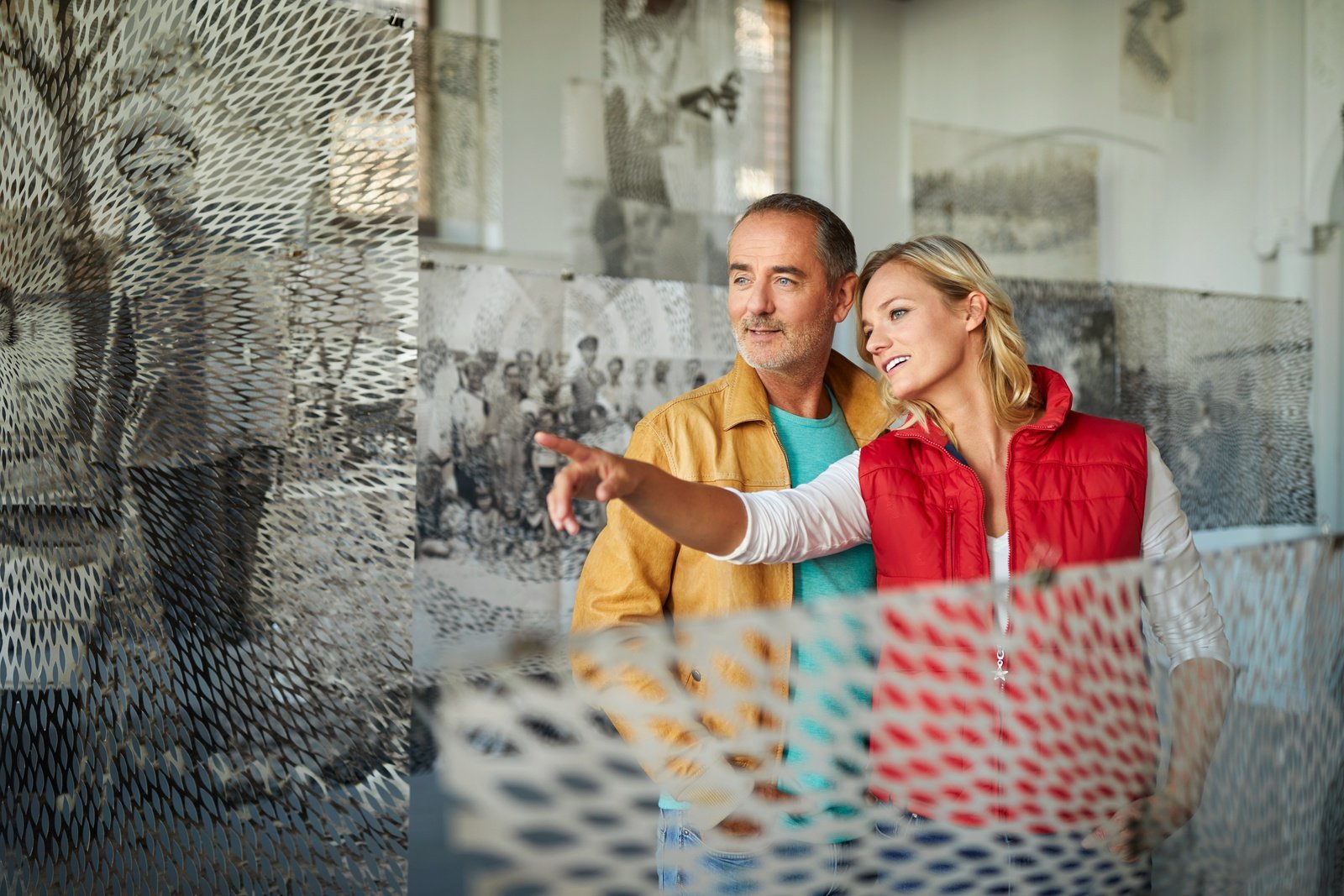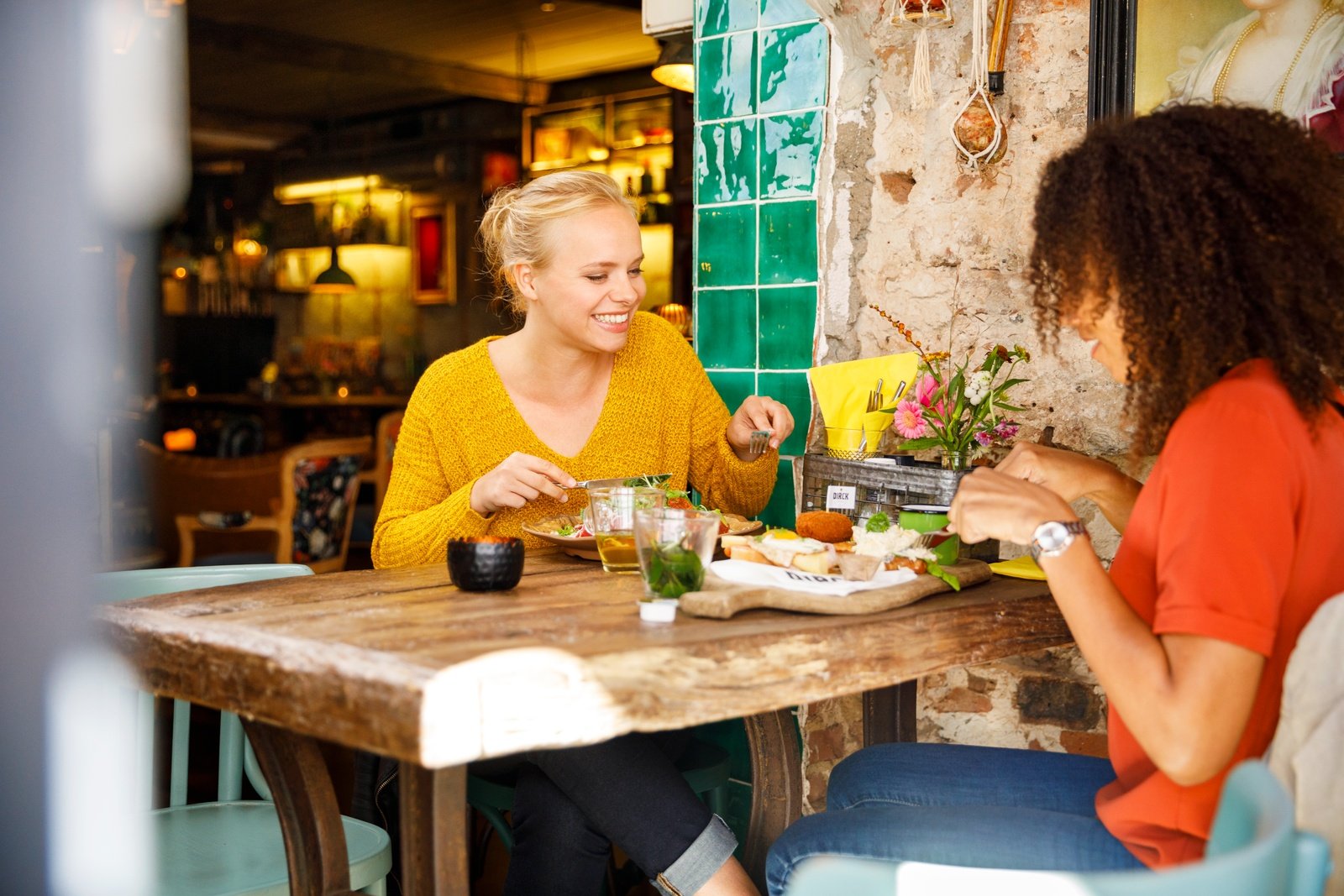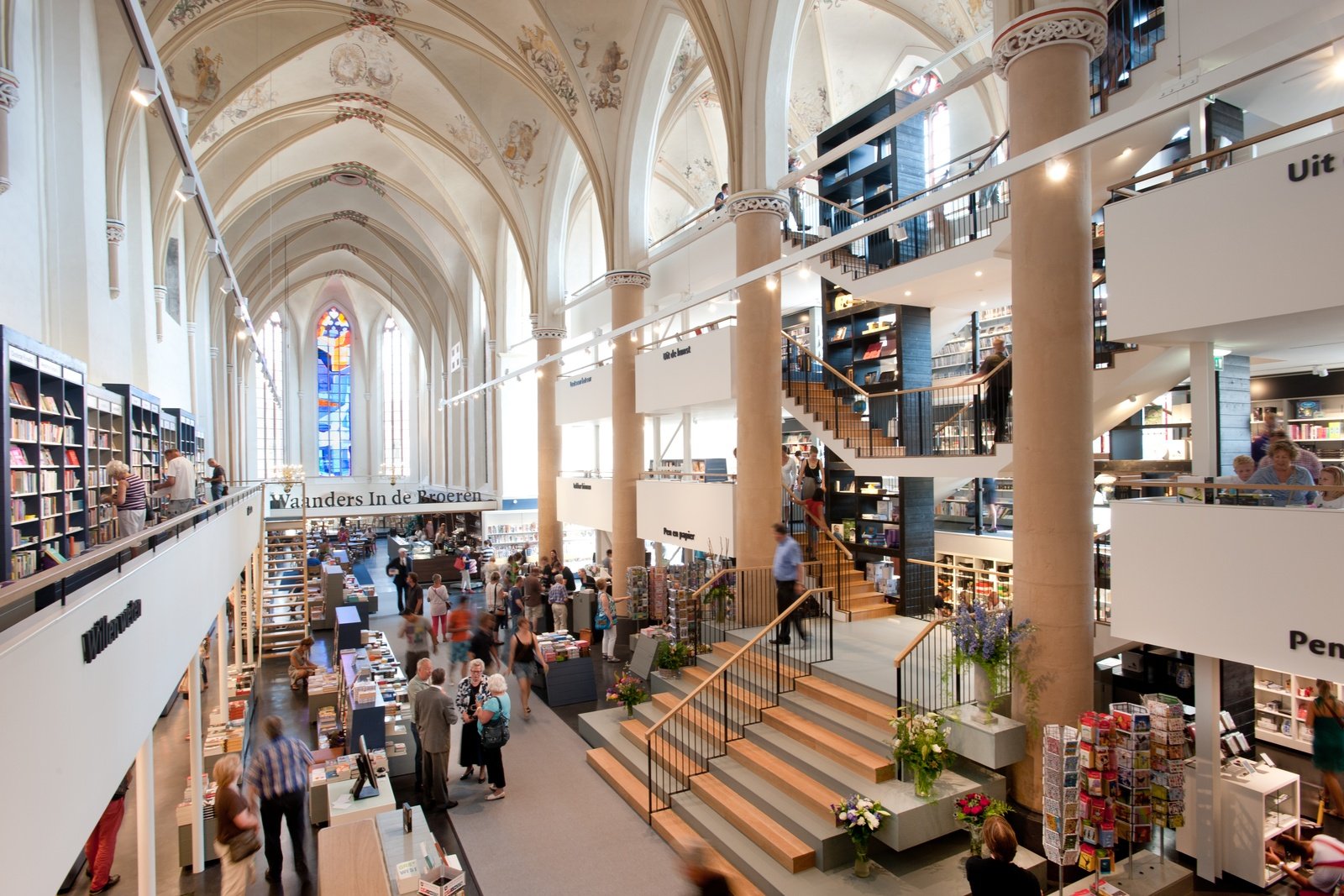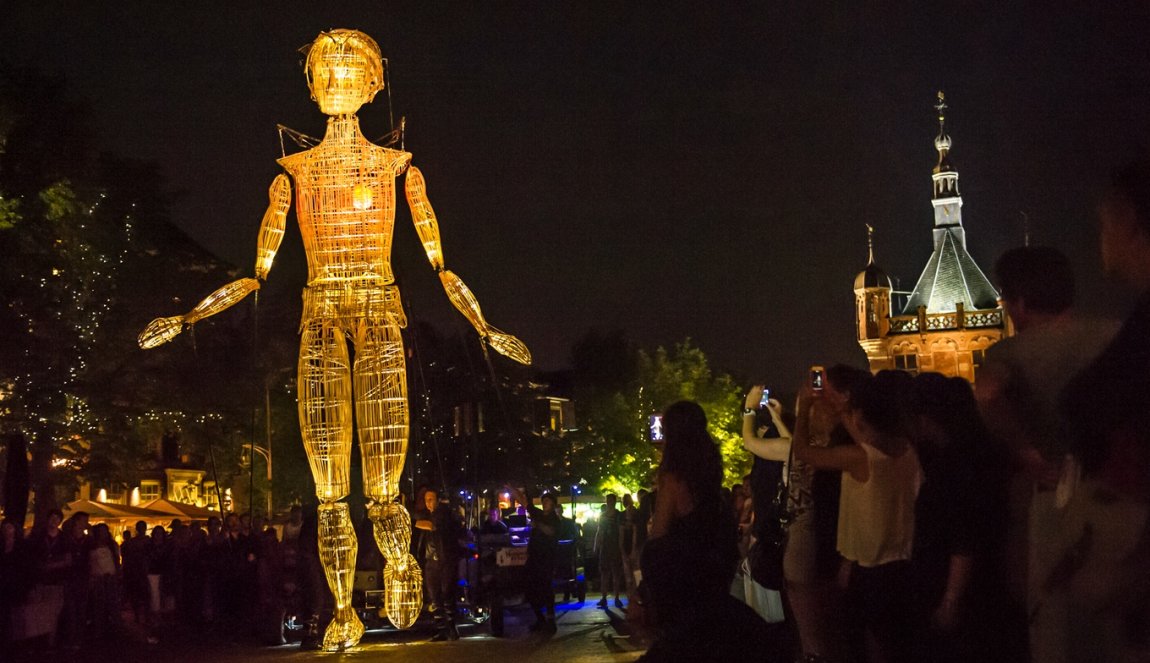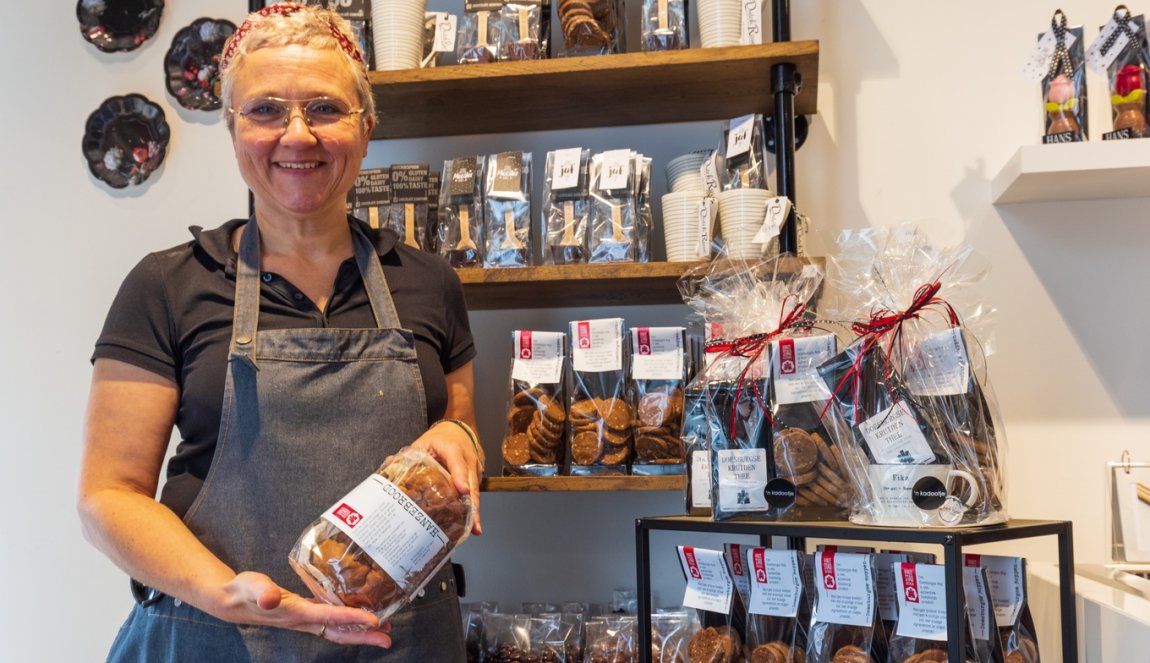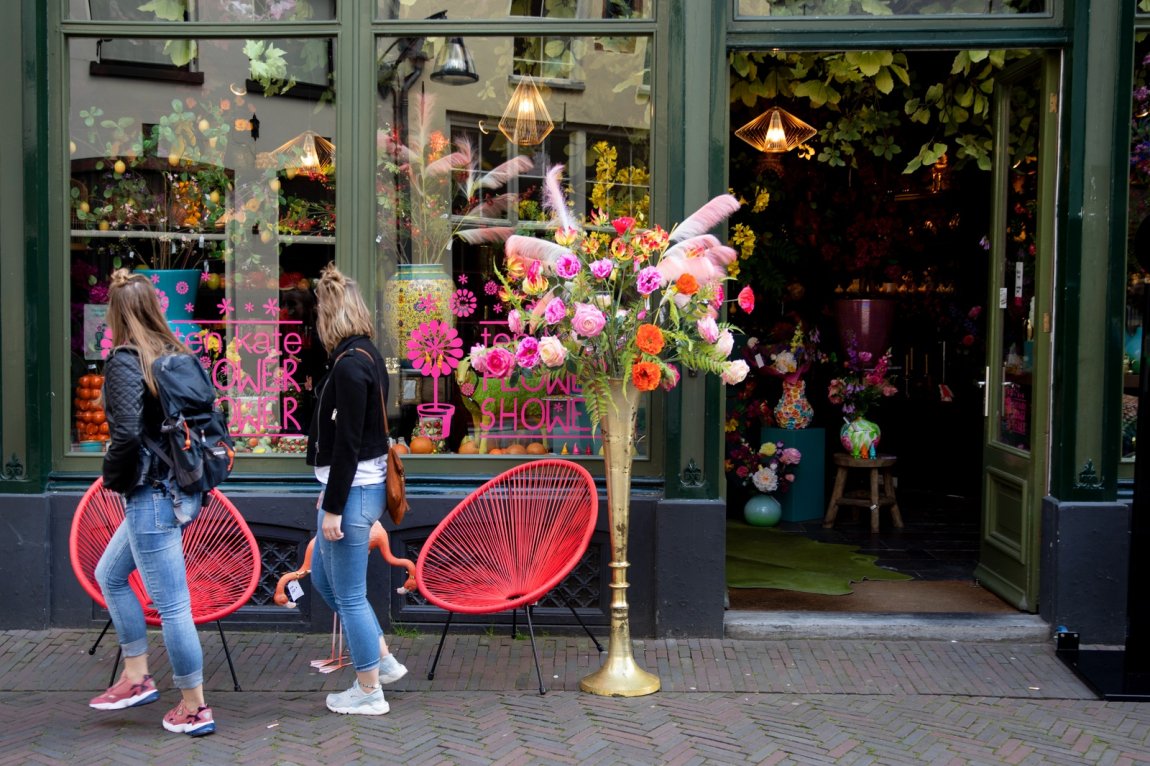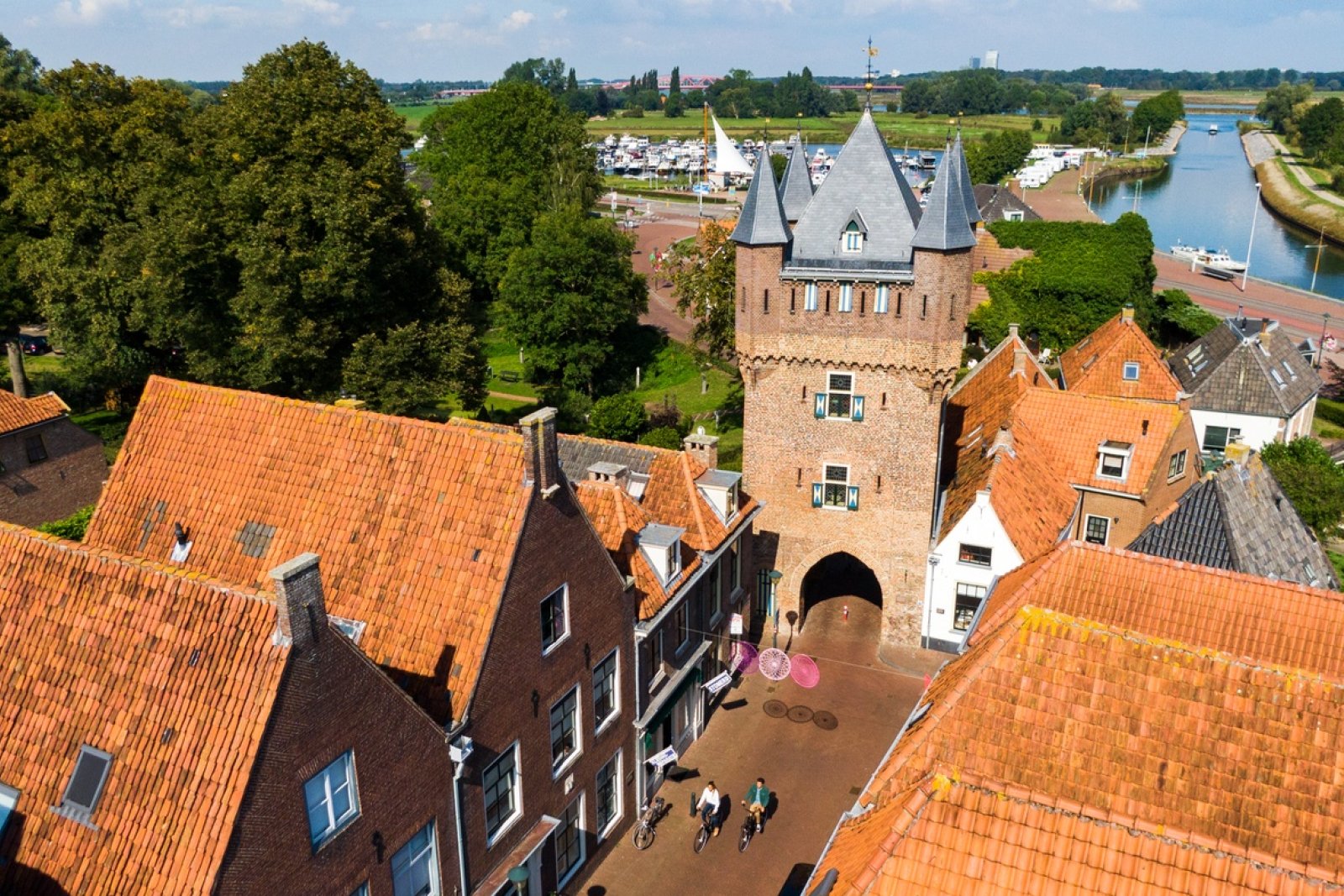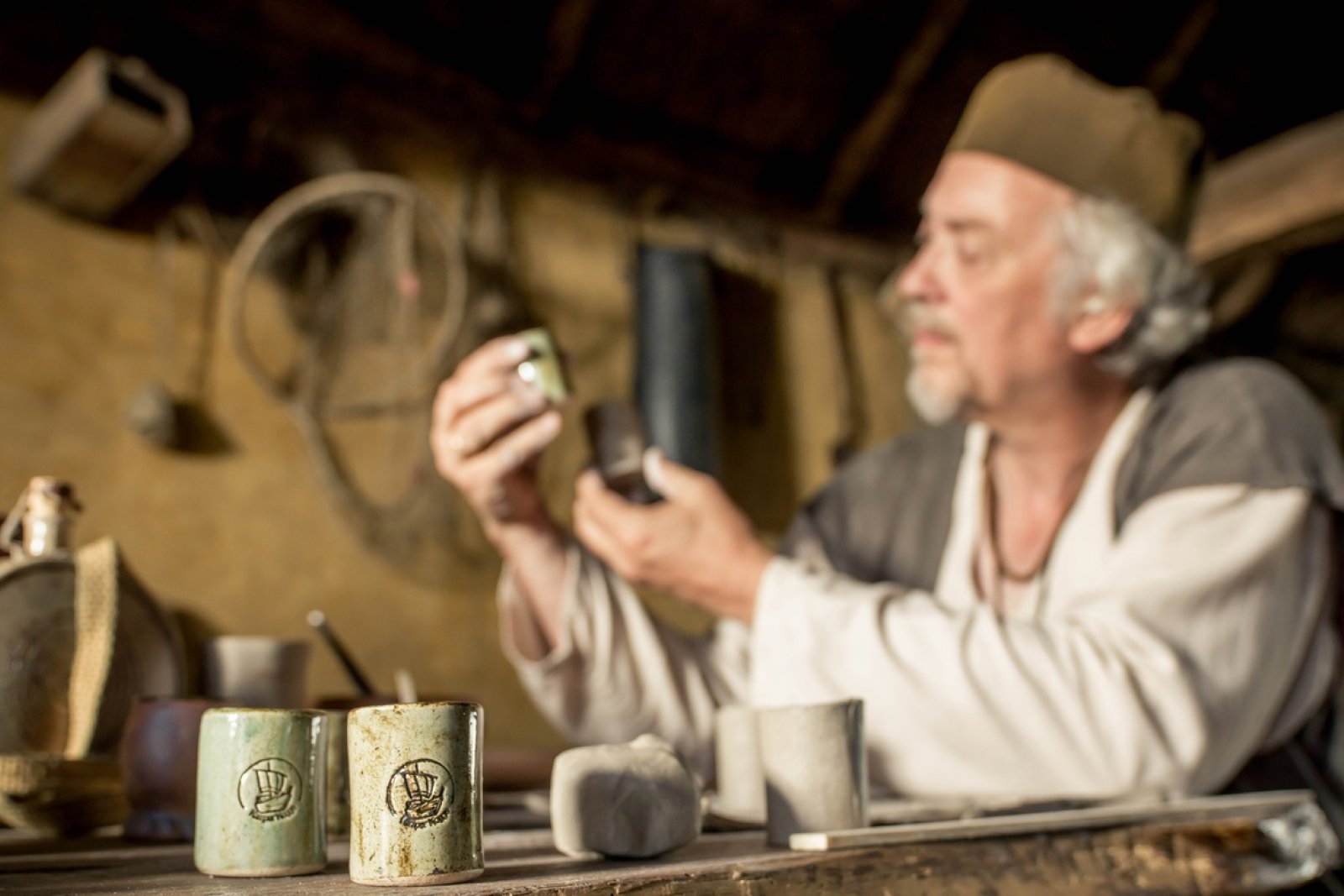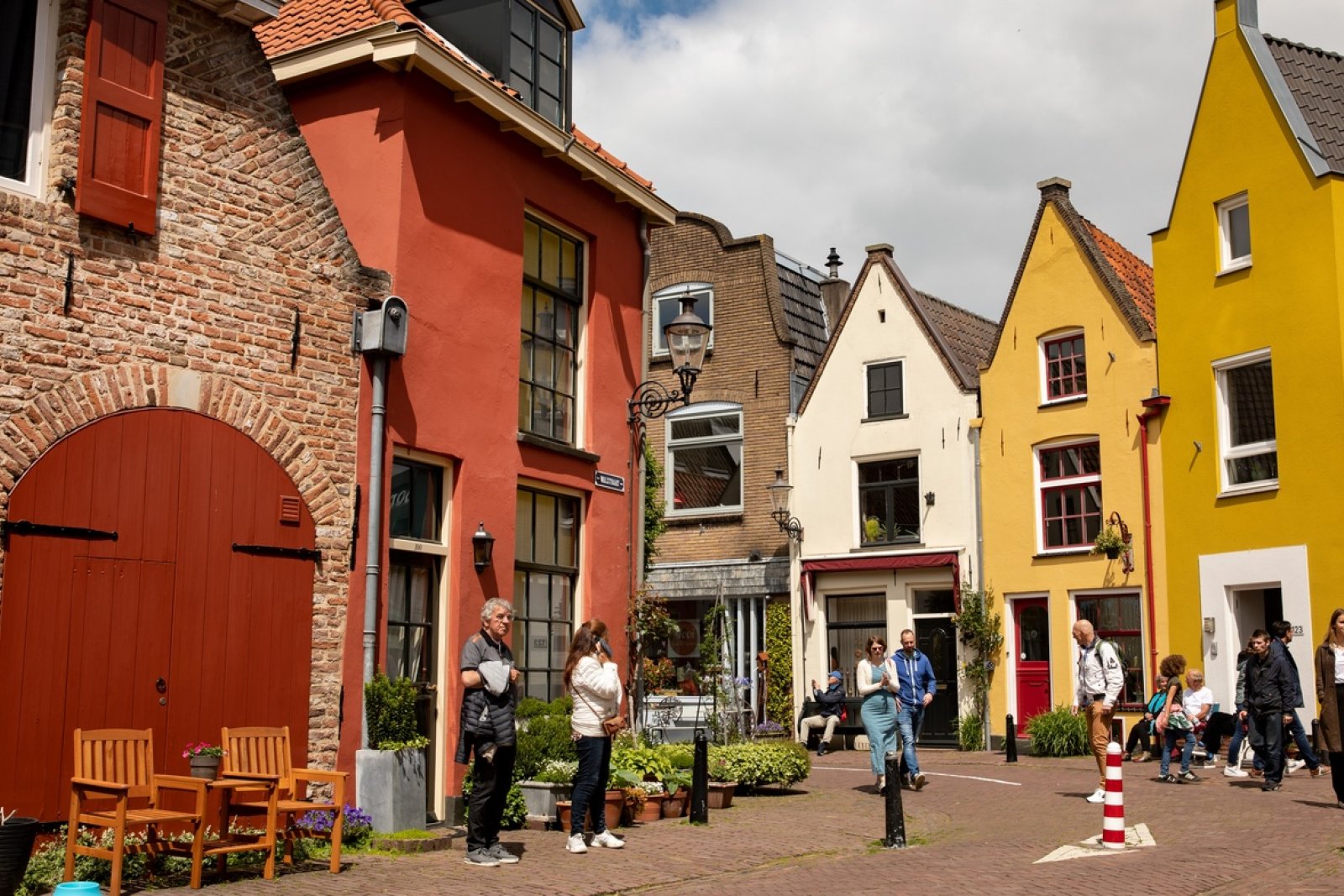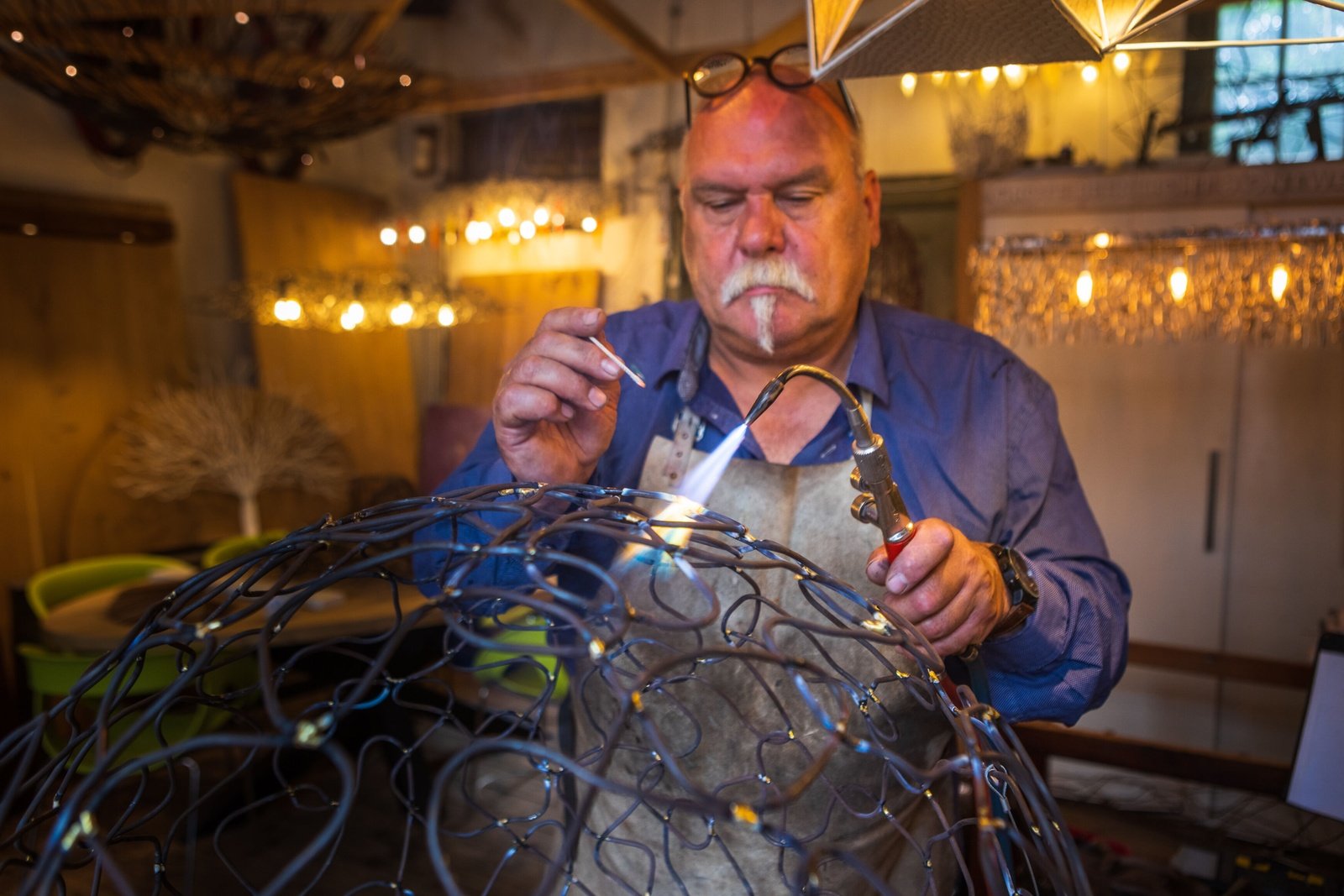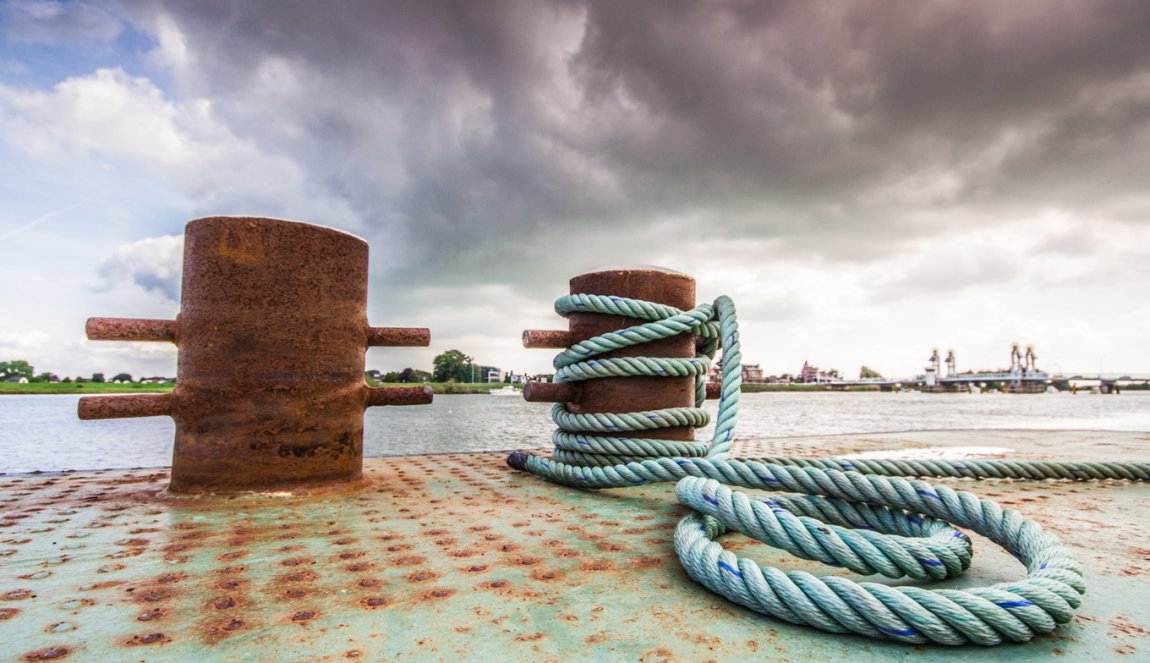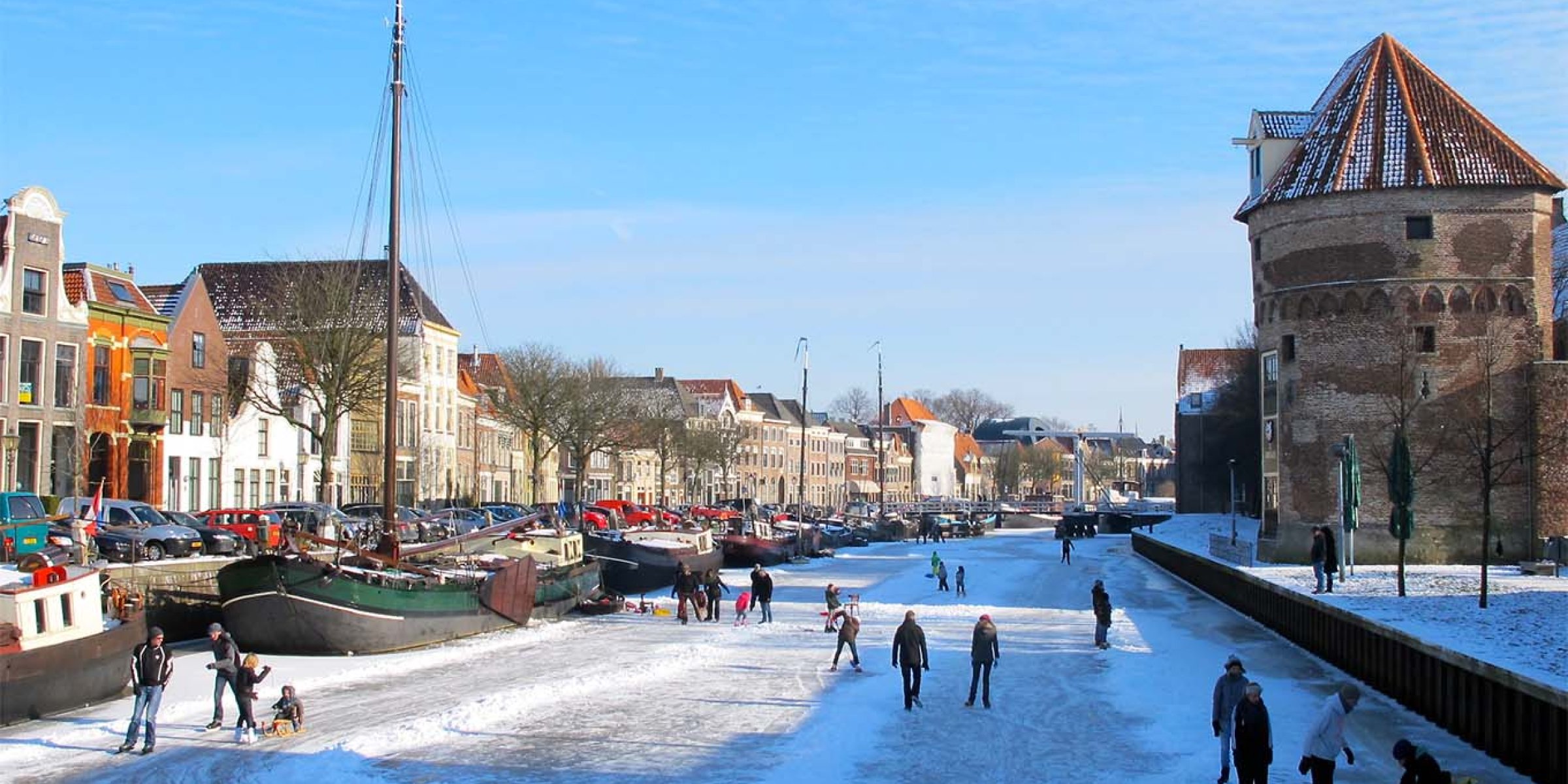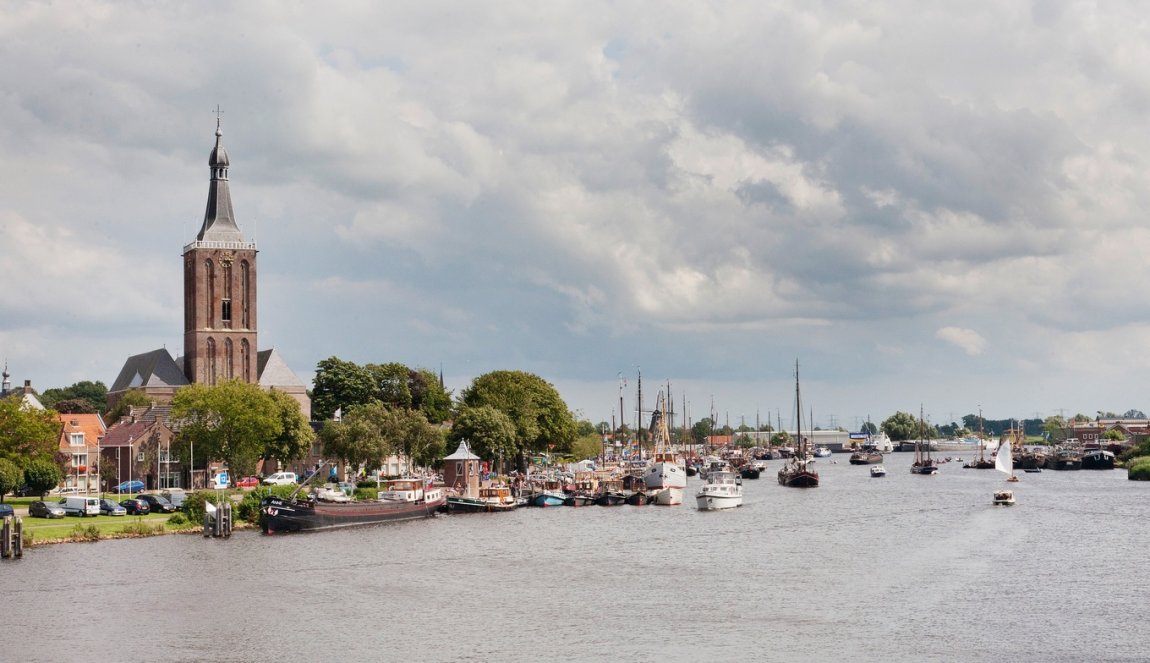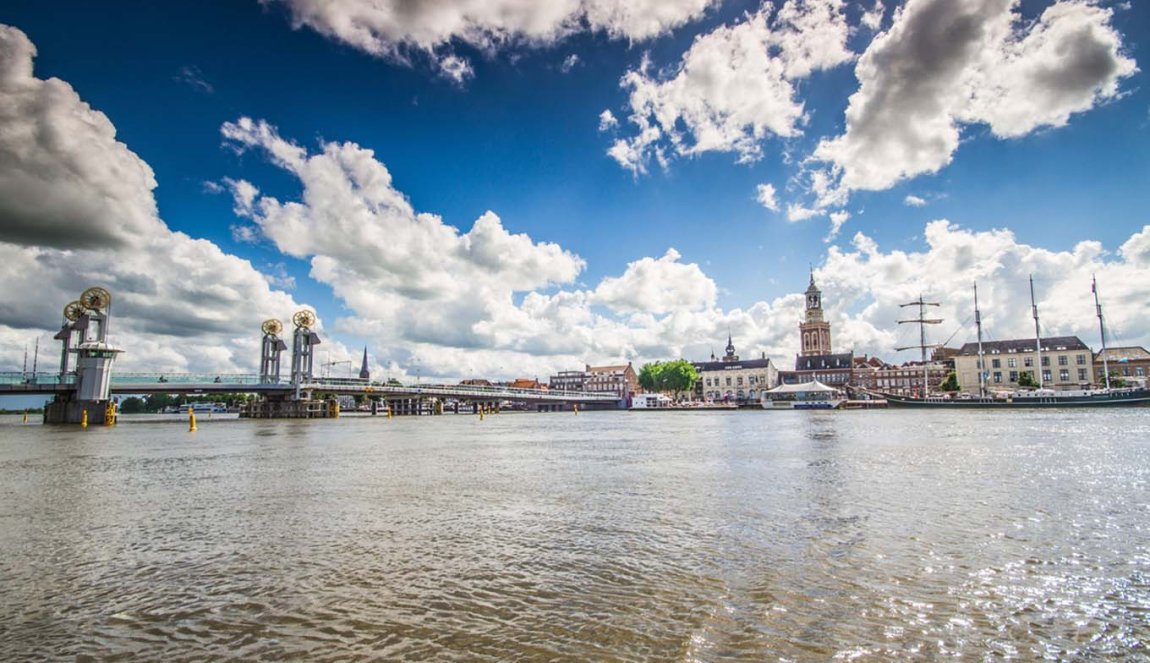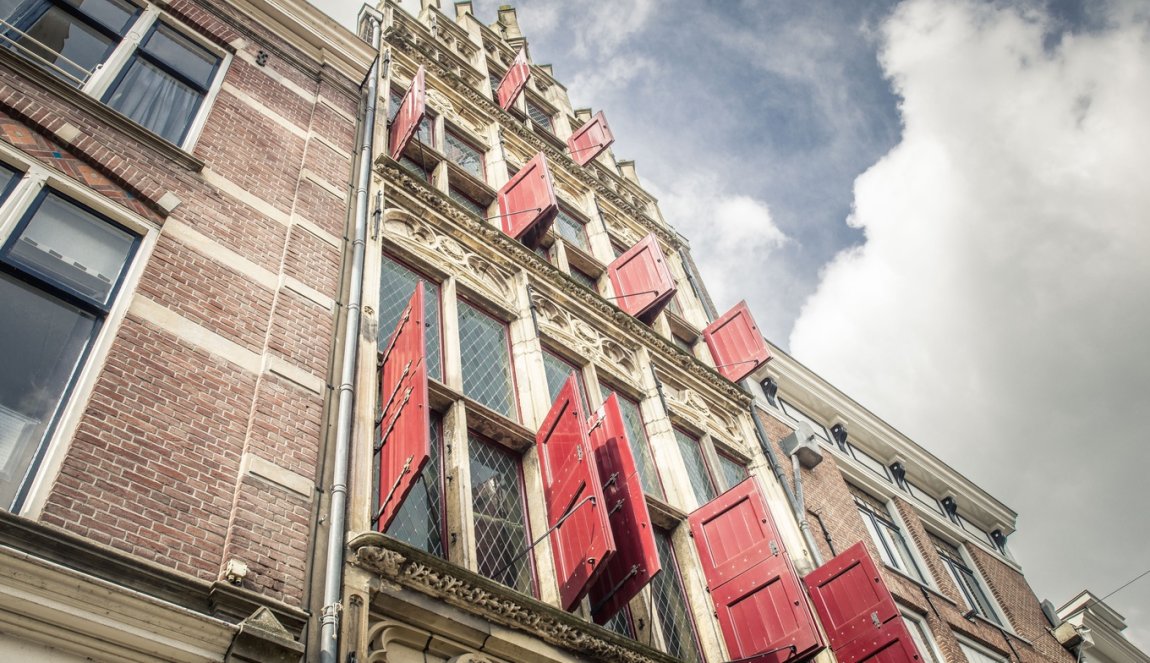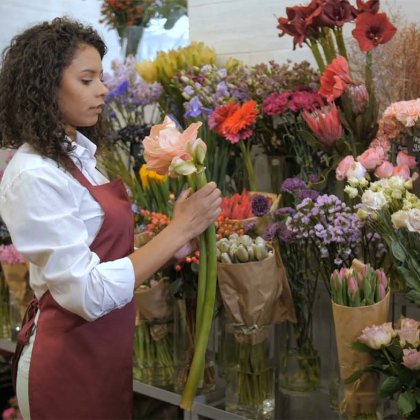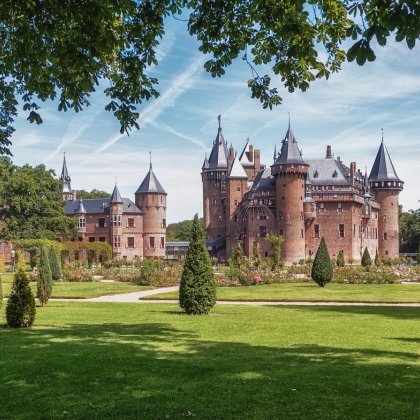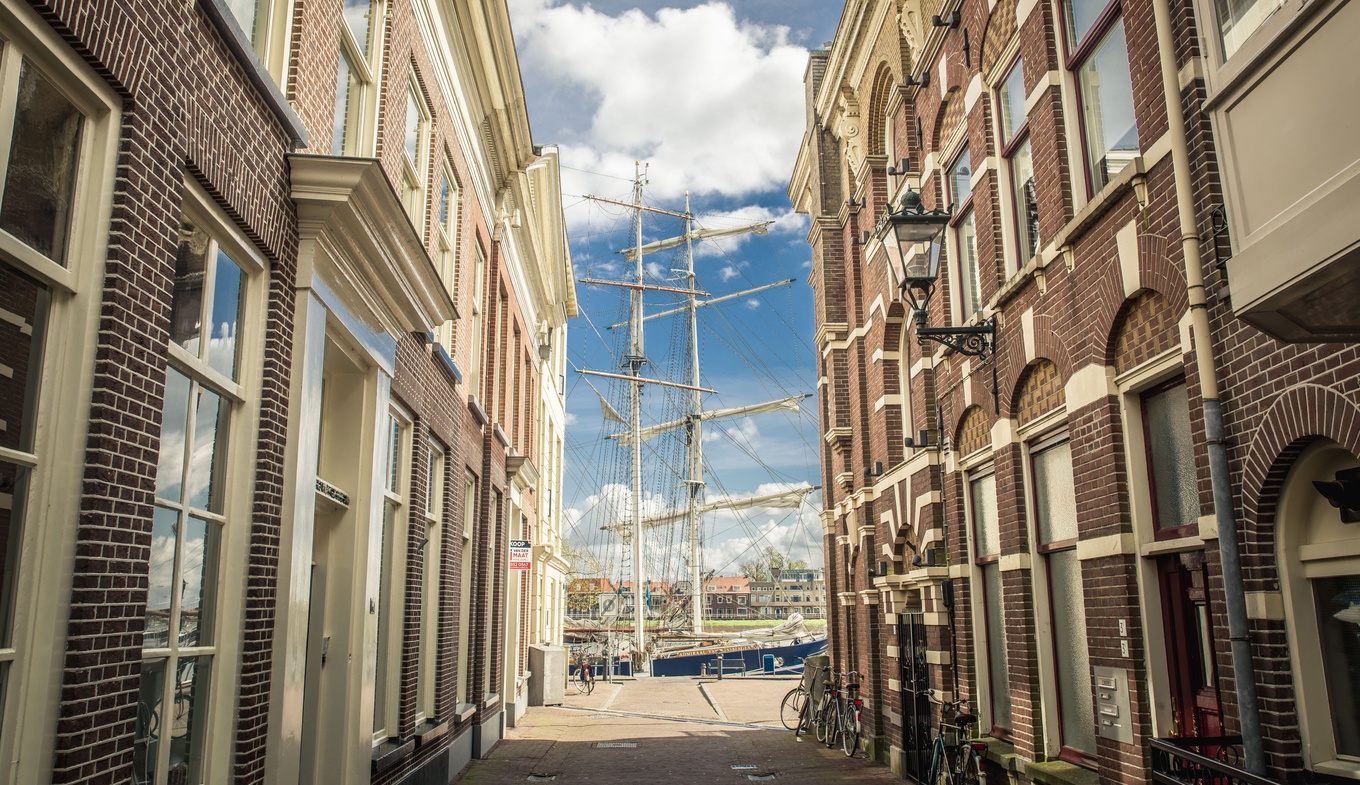
Meet the Hanseatic region
The modern charm of the Dutch Hanseatic cities
Meet the world of today and tomorrow
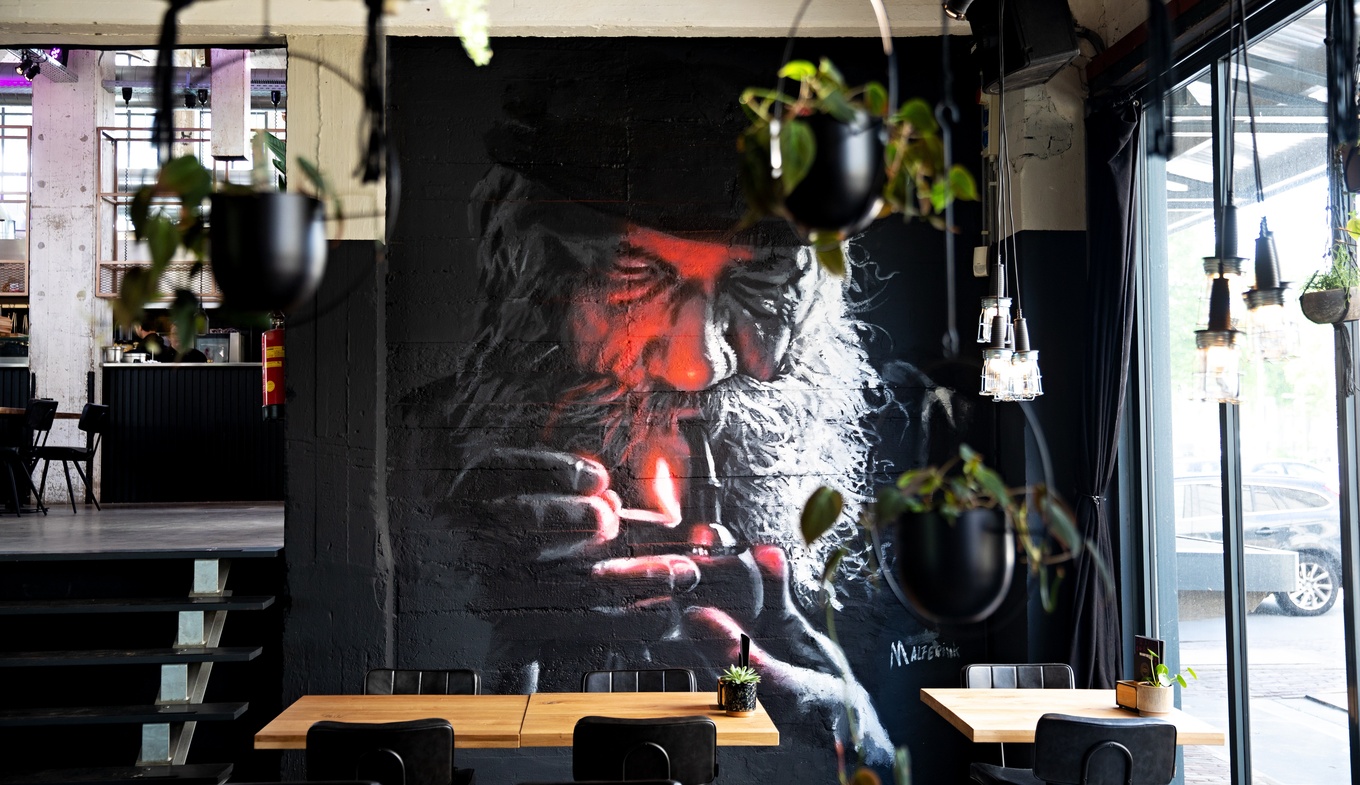
The Hanseatic style & the Hanseatic vibe
Modern cities, in a medieval setting
“When to visit the Hanseatic cities”
-
Our tip for 'Winter'
Winter might just be the best season to visit the Hanseatic cities. Bask in the warm hospitality of the Hanseatic people during these cold, dark days, or head out to participate in one of the many Hanseatic winter activities.
Read more -
Our tip for 'Spring'
The first signs of spring make everyone want to get out and about! Luckily, the Hanseatic cities offer plenty to see and do in spring - from cycling tours to outdoor art and from culinary extravaganzas to lively city festivals.
Read more -
Our tip for 'Summer'
Summer is the best season to experience the close relationship between the Hanseatic cities and water. All summer long, lots of activities are being organised on and around the water and there are plenty of places along the river IJssel and around the Randmeren lakes to relax and enjoy the water and nature in bloom.
Read more -
Our tip for 'Autumn'
The Hanseatic cities are perfect for those who love the warm and cosy feeling of autumn. Visit the wide range of museums, enjoy the tastiest autumnal dishes and bock beers, or go shopping in the many boutiques that dot the Hanseatic city streets – you will be guaranteed an unforgettable experience!
Read more
Proud of the past and the future

Welcoming hosts
The ease of hospitality
You’ll feel welcome here…
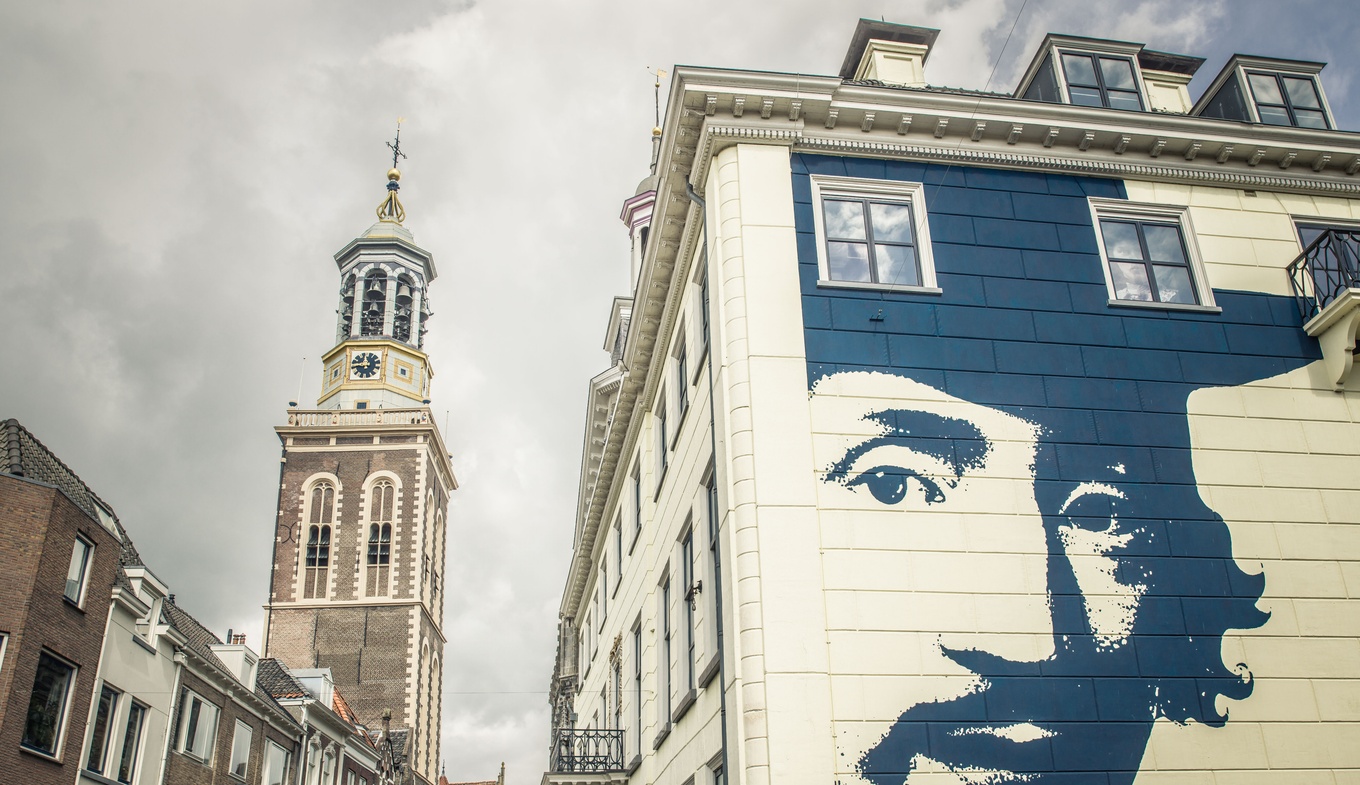
Hip Hanseatic
Creative and quirky
The contrasts of the Hanseatic region
Art and culture in motion
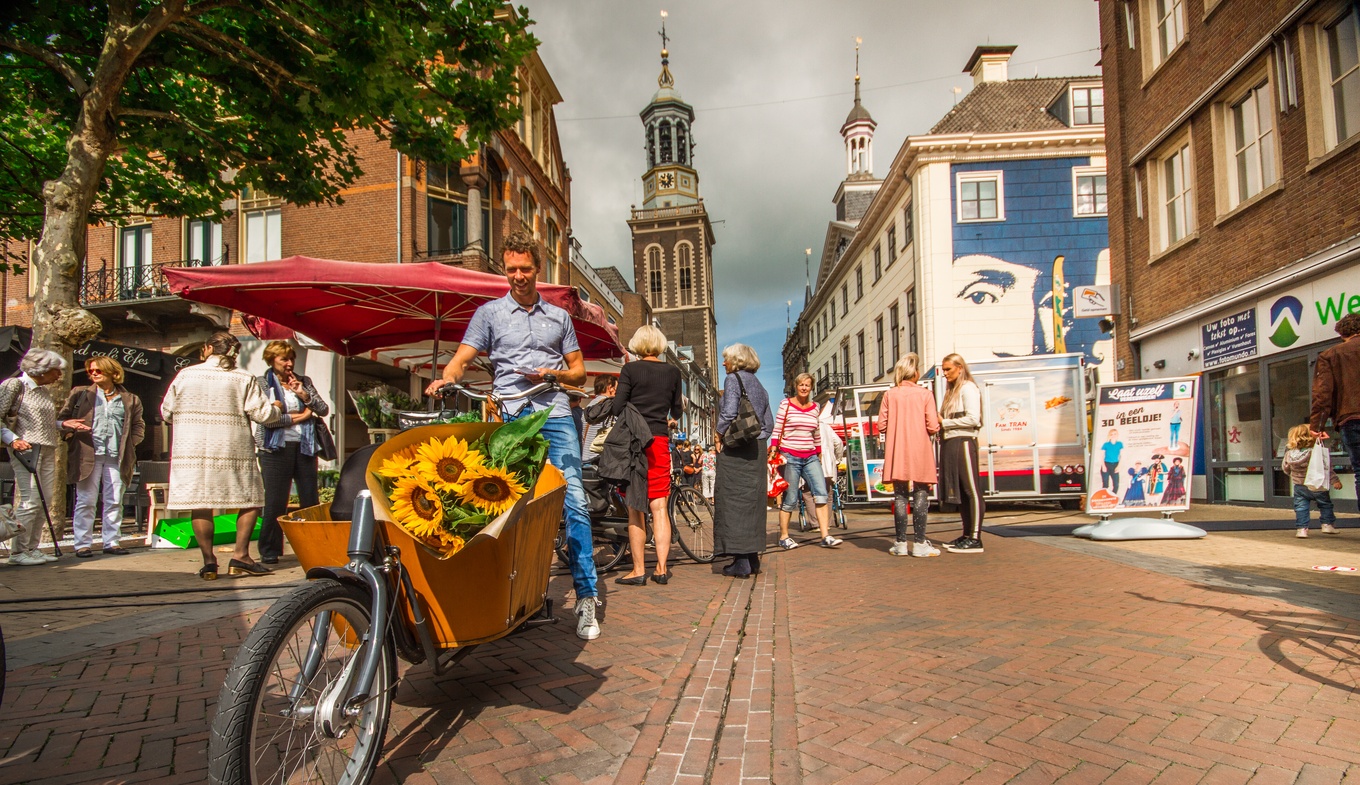
Dutch Hanseatic merchants
Trading the Hanseatic way
Meet the Hanseatic region
